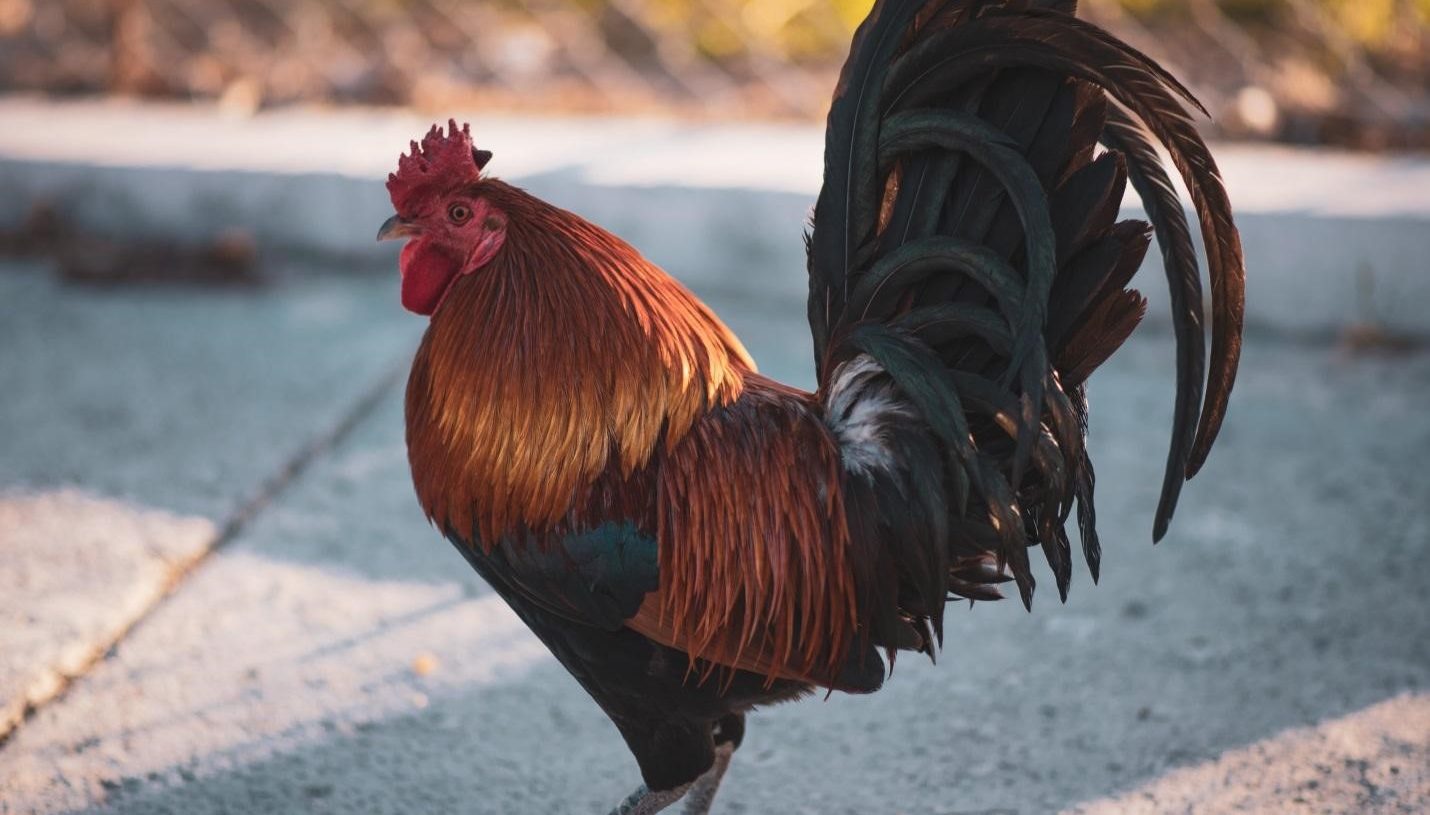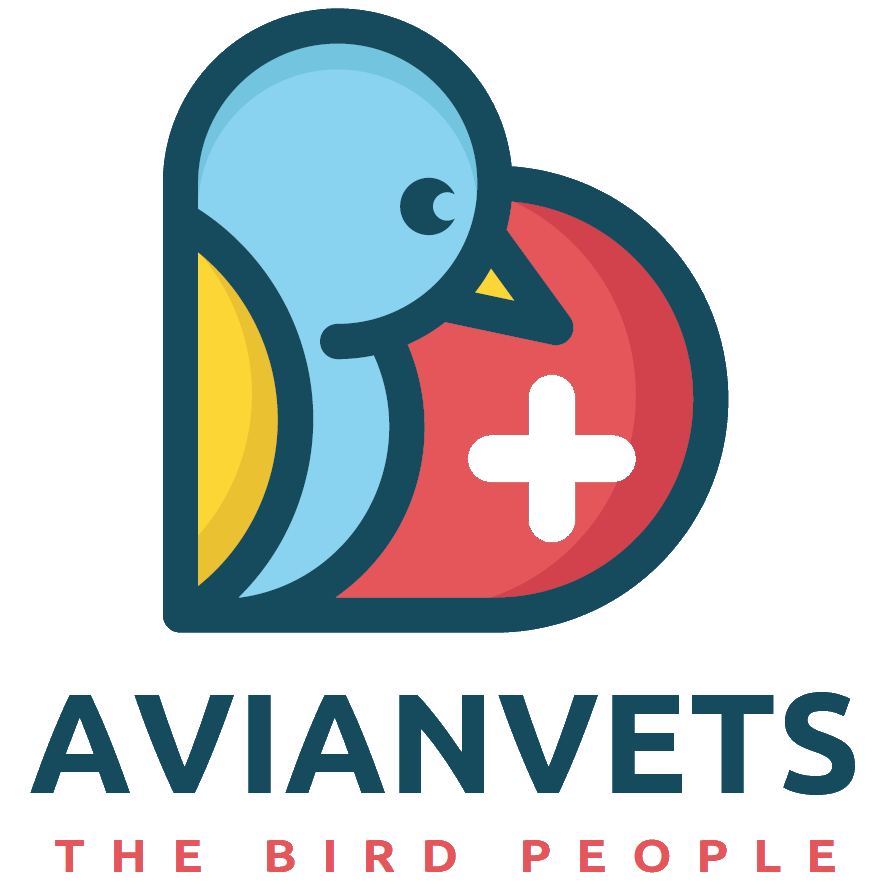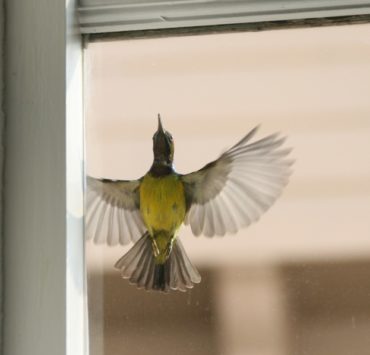
If you’re like most chicken owners, you probably start thinking about rooster spurs the moment your brand new chicks hatch. You watch them closely over a few weeks to see if they develop spurs. That’s how you differentiate between the male and female chicken in your flock.
While this may work in some cases, rooster spurs are not always an accurate indicator of chicken sex. Some hen breeds, particularly Mediterranean varieties like the Polish, Ancona, Sicilian Buttercup, and Leghorn, have been known to develop spurs.
That being said, spurs are an effective weapon for roosters when it comes to defending territory and warding off predators. Roosters have been known to fight to the death against an adversary. When they’re in attack mode, they often lead with the spurs. An aggressive rooster can also be dangerous to other hens and its human caretakers if it directs its spurs toward them.
Can you remove rooster spurs, and does it hurt? Here’s everything you need to know.
What Are Rooster Spurs
A rooster spurs occur naturally on male chickens and some breeds of exotic hens. If you look closely at the insides of a rooster’s legs, you’ll notice a pointy-looking growth roughly one to two inches above the back claw. That’s the spur.
Rooster spur development usually begins at around three months, which is pretty early on. In most cases, the spurs become visible once the roosters turn eight to nine months. When chicks first hatch, you may notice a small dot on the inner part of their leg. This dot is referred to as a “spur bud” and is what eventually grows into a spur.
As the rooster grows, this bone elongates and eventually develops into a spur. The spur forms part of the bone in the chicken’s leg. The bony overgrowth is covered in keratin – the same protein that makes up your fingernails and hair. Since this protective sheath doesn’t have any nerve or capillary network running through it, it doesn’t have any feeling in it.
The keratin around the bony growth eventually becomes sharp and pointy and is what the rooster uses to defend itself.
Rooster Fighting Spurs
One characteristic trait of roosters is how protective they are over the rest of the flock. They are always on guard, prepared to fight anything and anyone they perceive as a threat to the flock.
If they sense danger, they will vocally call out to the hens, round them up, and stand guard, ready to fight. They will then lunge at their opponent spur-first, jabbing into their soft skin or flesh. If you’ve suffered a rooster spur injury, you know how painful it can be. We’re talking full-on puncture wounds. It’s not pretty.
Removing rooster spurs might be the only way to protect yourself against an aggressive rooster, especially if he perceives you, your pets, or even your children as a danger to his flock. Some roosters even end up injuring their hens when they attempt to mate with them. The sharp spurs may end up digging into the hen’s back and sides.
Besides being a danger to other hens and humans, rooster spurs can also be harmful to the rooster themselves. As the spurs grow longer, they begin to curl. Over time, they curl back on their legs and, in extreme cases, even grow into the leg forming an open wound. Given how close to the ground chicken legs are, this wound can get infected, and you’ll have a bigger problem on your hands.
Dealing with rooster spurs is the only way to prevent or eradicate the problem. You could either trim the spurs or de spur the rooster altogether.
How to Trim Rooster Spurs

To trim rooster spurs to a more manageable length, you can either file them down to size like you would human fingernails or horse hooves or clip them like you would pet claws. Here’s how to go about it.
Filing
- Grab hold of your rooster and wrap it in a towel or blanket to immobilize it, leaving one leg exposed.
- Take hold of the shank and use a metal file or a Dremel rotary tool with a sanding attachment to file down the spur.
- Stop filing once you’re an inch away from the bone to avoid injuring your bird.
Clipping
- Grab hold of your rooster and wrap it in a towel or blanket to immobilize it, leaving one leg exposed.
- Take hold of the shank, hold it steady, and use a sharp set of clippers to clip off the top part of the spur away. Ensure you use large clippers that can fit around the entire spur.
- Stop clipping about an inch from the bone and then use a metal file or Dremel tool to smooth down the edges.
How to De Spur a Rooster
If your rooster’s spurs are problematic and you want to permanently take them out, the best way would be to have them permanently removed by a veterinarian. Don’t attempt to do this on your own since, as we mentioned before, the spur is an extension of the rooster’s leg bone. If the procedure is not done correctly, he may end up bleeding to death.
What you can do is remove the sheath, which is the outer keratin layer of the spur. Here’s how.
- Heat a potato in the microwave for about 10 minutes until it is fully cooked.
- Once you grab hold of your rooster and secure it in a blanket, insert one of the spurs into the hot potato. Ensure that the hot potato doesn’t come into contact with the shank.
- Hold the potato in place for about three minutes until the heat and moisture soften the keratin overlay.
- Remove the potato and immediately pull the sheath off the spur using a pair of pliers. One solid twist should do it.
- Heat another potato and repeat the same steps for the other spur.
Do Rooster Spurs Grow Back
The answer to this question depends on the method you use. Clipping, filing, and sheath removal all require routine maintenance, just like you would human fingernails. These methods don’t actually remove the bony spurs.
De-spurring a chicken, on the other hand, is permanent. Once they are surgically removed, they won’t grow back.
Do you need advice on how to keep your roosters healthy? Use our online Vet Chat right now to consult with a qualified veterinarian.
In the meantime, find out how to get a vet prescription online.



